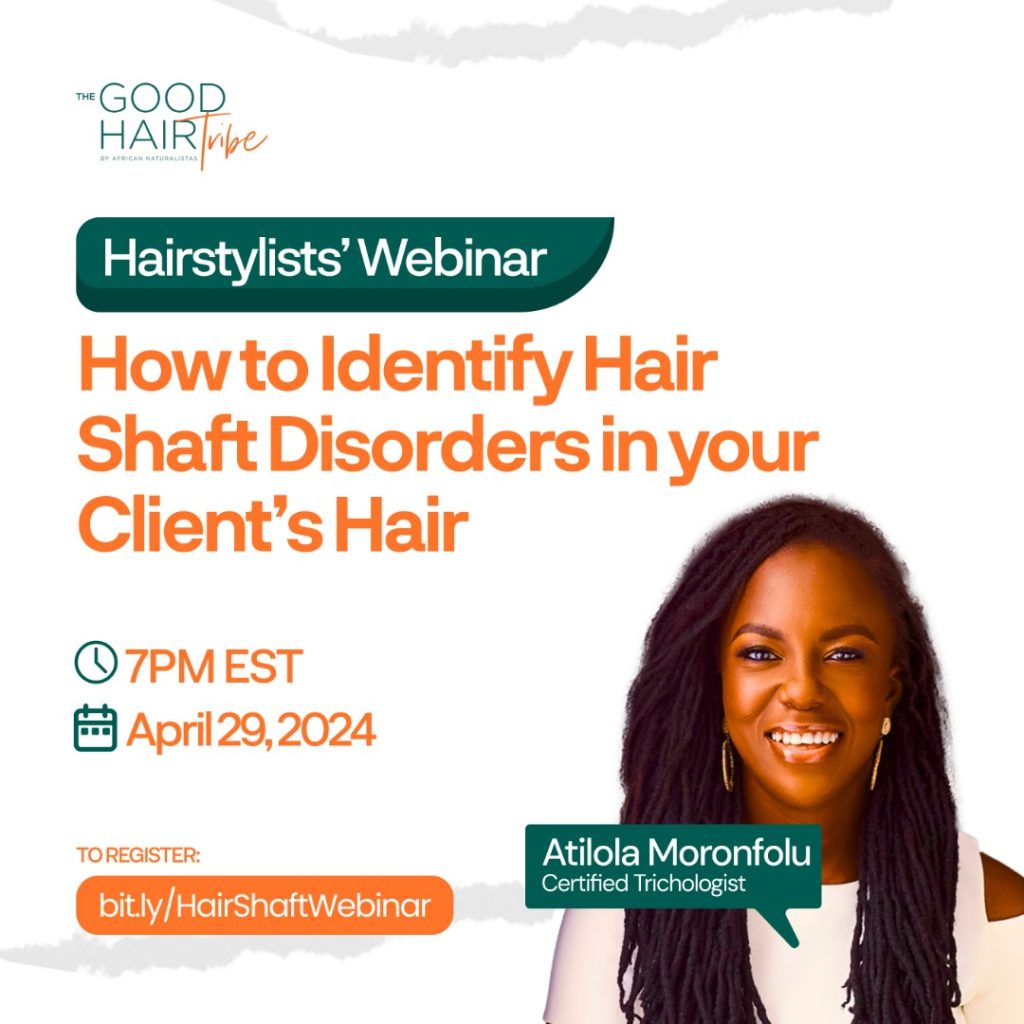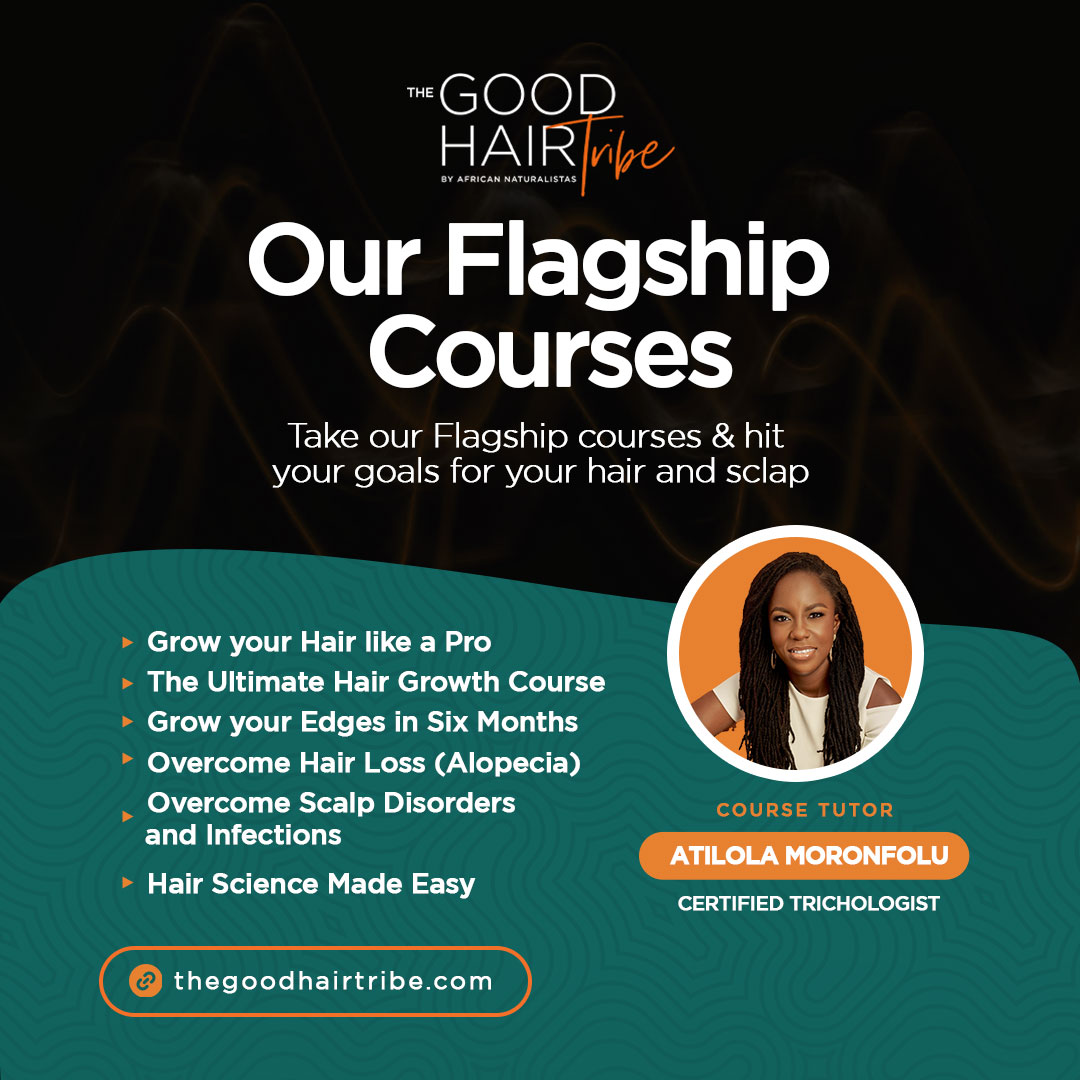While recognizing the signs of internal hair loss is important, referring your client to a healthcare professional for a proper diagnosis and treatment is equally crucial. As a Hairstylist, you play a vital role in supporting your clients by providing guidance and encouragement, but it's essential to recognize the limits of your expertise. Internal hair loss issues often require medical intervention, and a timely referral can make a significant difference in your client's journey toward healthier hair.
When discussing your observations with your client, approach the topic with sensitivity and empathy. Hair loss can significantly impact an individual's self-esteem, so it's vital to create a safe and supportive environment for your client to share their concerns. Recommend that they consult a healthcare professional specializing in hair loss and conduct the necessary tests to determine the underlying cause.
Remember, your role as a Hairstylist is not just about creating beautiful hairstyles but also about caring for your client's overall hair health. By staying knowledgeable and providing appropriate guidance, you can be a valuable resource in helping your clients regain their confidence and achieve healthy, luscious hair. Register here for our upcoming webinar on "How to Identify Hair Shaft Disorders in your Clients' Hair.
Here are Ten signs that your Client's hair loss issue may be internal;
Sudden or Rapid Hair Loss can be a result of Internal issues causing Hair loss
If your client experiences sudden or rapid hair loss also known as Telogen Effluvium, It can be a concerning issue for your client and may indicate an underlying internal problem. Telogen Effluvium results in the loss of more than 200 scalp hair per day. It typically develops after an acute event, such as a severe illness, major surgery, thyroid disease, pregnancy, iron-deficiency anemia, malnutrition or rapid weight loss, or vitamin D deficiency
Changes in Hair Texture can be a result of Internal issues causing Hair loss
If you notice any changes in the texture of your client's hair, such as increased brittleness or loss of shine, it could be an indication of nutritional deficiencies or hormonal changes. Brittle hair could be a sign of a lack of nutrients such as biotin, iron, or protein. Similarly, hormonal changes, such as those experienced during pregnancy or menopause, can also cause changes in hair texture. In addition to these factors, other underlying health issues that could cause changes in hair texture include thyroid disease, autoimmune disorders, and certain medications. It's important to consult a healthcare professional to determine the underlying cause and seek appropriate treatment.
Scalp Conditions can be a result of Internal issues causing Hair loss
Persistent scalp conditions like dandruff, itchiness, or inflammation can indicate an internal imbalance affecting the scalp's health. It can be caused by a variety of factors, including allergic reactions, fungal infections, or underlying skin conditions. Inflammation of the scalp can also be associated with conditions such as seborrheic dermatitis or scalp psoriasis. Learn more about Scalp conditions at the webinar
Nutritional Deficiencies can be a result of Internal issues causing Hair loss
Nutritional deficiencies can disrupt the hair growth cycle, leading to increased shedding and hair loss. Hair follicles require a variety of nutrients to function properly, and deficiencies can impair their ability to produce healthy hair. Poor nutrition, particularly deficiencies in iron, zinc, biotin, and other essential vitamins and minerals, can lead to hair loss
Hormonal Imbalance can be a result of Internal issues causing Hair loss
Fluctuations in hormone levels, such as those seen in conditions like thyroid disorders or polycystic ovary syndrome (PCOS), can contribute to hair Fluctuations in hormonal levels can result in hair loss, which is often observed in thyroid disorders or polycystic ovary syndrome (PCOS). Thyroid disorders can lead to hair thinning or hair loss, while PCOS can cause male-pattern baldness in women. Autoimmune disorders, such as alopecia areata, can cause the immune system to mistakenly attack hair follicles leading to hair loss in patches or across the entire scalp. Alopecia areata is an unpredictable condition where hair loss can occur suddenly, and hair may grow back on its own or with treatment. It is essential to seek medical advice if you experience sudden hair loss or hair thinning as it could be a sign of an underlying health condition. Also, Autoimmune disorders, such as alopecia areata, can cause the immune system to mistakenly attack hair follicles, leading to hair loss in patches or across the entire scalp.
Stress or Trauma can be a result of Internal issues causing Hair loss
Chronic or severe stress can disrupt the normal hair growth cycle, pushing more hair follicles into the resting phase and leading to increased shedding. This type of hair loss, known as telogen effluvium, is often temporary but can be triggered by various internal and external stressors.
Medical Side Effects can be a result of Internal issues causing Hair loss
Some medications, including certain antidepressants, anticoagulants, beta-blockers, and chemotherapy drugs, can cause hair loss as a side effect. This type of hair loss is usually temporary and resolves once the medication is discontinued or the dosage is adjusted.
Medical Conditions can be a result of Internal issues causing Hair loss
Certain medical conditions can affect the body's ability to absorb nutrients essential for hair health. Malabsorption syndromes, such as celiac disease or inflammatory bowel disease, can lead to deficiencies in vitamins and minerals necessary for healthy hair growth. Chronic illnesses, such as diabetes, lupus, and chronic kidney disease, can contribute to hair loss due to their impact on overall health and nutrient absorption. Proper management of underlying medical conditions is crucial for maintaining overall health and addressing hair loss.
Family History can be a result of Internal issues causing Hair loss
A family history of hair loss or pattern baldness can suggest a genetic predisposition to certain internal factors that contribute to hair loss. While not always considered an internal issue, genetic factors can play a significant role in hair loss. Conditions like male or female pattern baldness (androgenetic alopecia) are influenced by genetics and can lead to progressive hair thinning and loss over time.
Lifestyle Factors can be a result of Internal issues causing Hair loss
Unhealthy lifestyle habits such as smoking, excessive alcohol consumption, or a lack of exercise can impact overall health and contribute to hair loss.
Conclusion
It's important to approach these signs with care and suggest that clients consult with a healthcare professional to diagnose and address any underlying health issues contributing to their hair loss. The Good Hair Tribe is hosting a webinar on "How to Identify Hair Shaft in Your Client's Hair". We'll discuss the Difference between Hair Loss Disorders, Scalp Disorders, and Hair Shaft Disorders, you will also learn about Different Hair Shaft Disorders that your Clients might be suffering from and your role as a Hairstylist in offering care and consultation. Register here for the webinar












